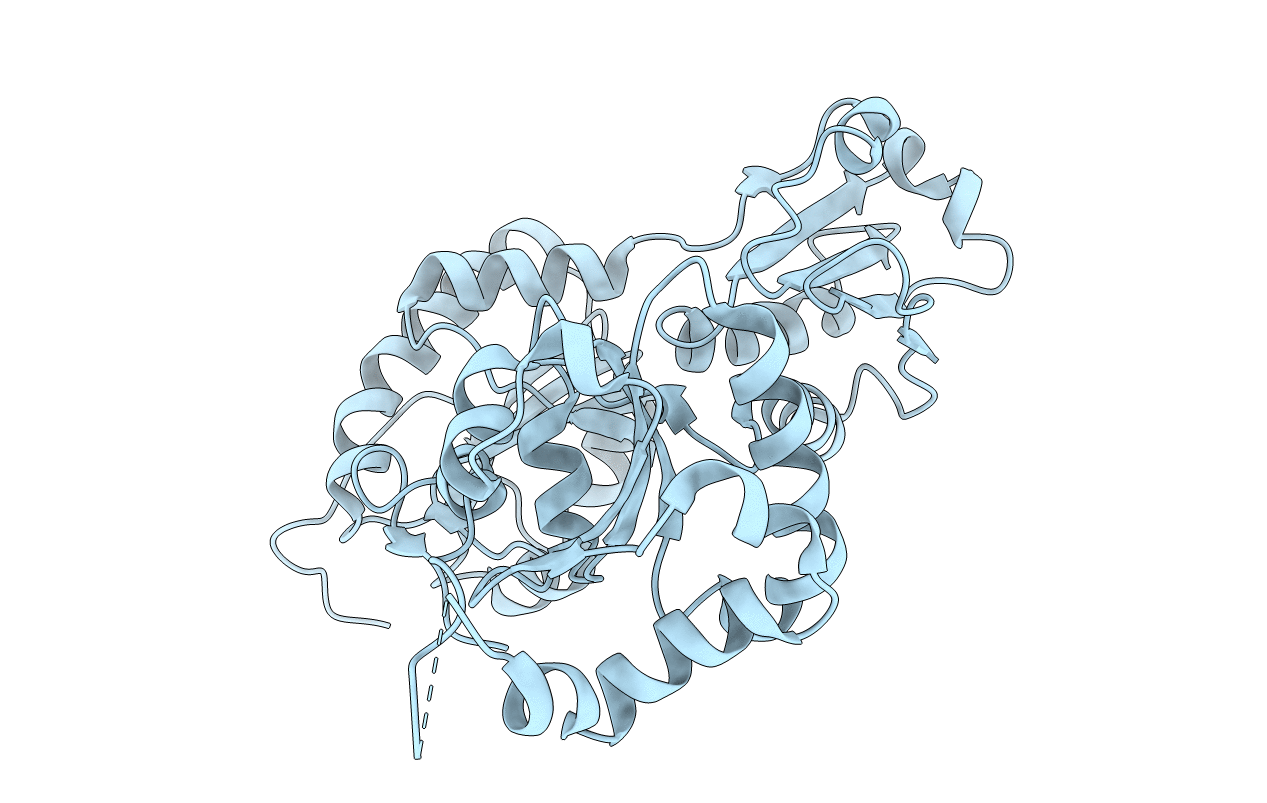
Deposition Date
2016-08-26
Release Date
2017-04-12
Last Version Date
2023-11-08
Method Details:
Experimental Method:
Resolution:
2.05 Å
R-Value Free:
0.23
R-Value Work:
0.19
R-Value Observed:
0.20
Space Group:
P 31 2 1


